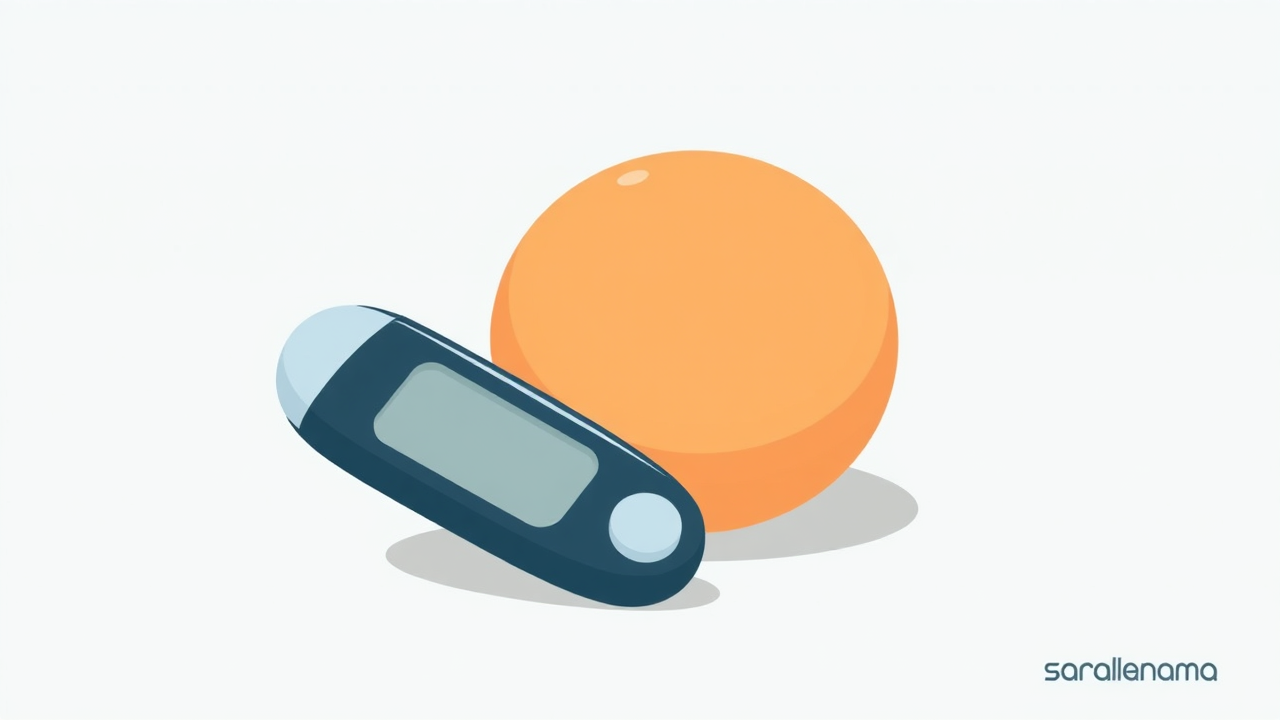Diabetes affects millions globally, with Type 1 and Type 2 being the most common forms. Both involve problems managing blood sugar, but their causes and risks differ. Type 1 diabetes develops when the immune system attacks insulin-producing cells, usually appearing early in life. Patients require daily insulin injections for survival. Type 2 diabetes is far more prevalent and typically develops later, often linked to lifestyle factors like inactivity and excess weight, though genetics contributes too. Both types can cause severe complications including heart disease, kidney damage, and vision loss if not properly controlled. Type 1 poses immediate dangers through sudden emergencies, while Type 2 complications build gradually over time. Understanding these differences helps patients and families manage the condition effectively. With proper treatment, lifestyle changes, and consistent monitoring, people with either form can reduce risks significantly and maintain good health.

Managing Risks and Reducing Complications
Consultant dietician and diabetes educator Kanikka Malhotra explains that neither type is universally more dangerous—the risks depend on management. Type 1 requires careful daily insulin administration, as missing doses can quickly trigger diabetic ketoacidosis, a life-threatening emergency. Type 2 may seem less urgent initially but can silently cause heart attacks or vision loss if ignored. Both types demand consistent care: regular blood sugar monitoring, medication adherence, healthy eating, physical activity, and stress management. Avoiding smoking and attending regular doctor visits with blood work help catch problems early. With good care and professional support, people with either type can significantly lower their risks and live well.
Source: Link
